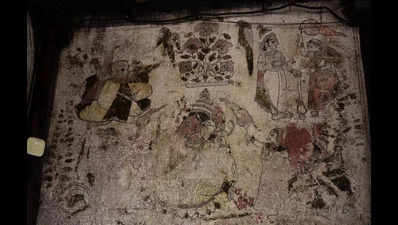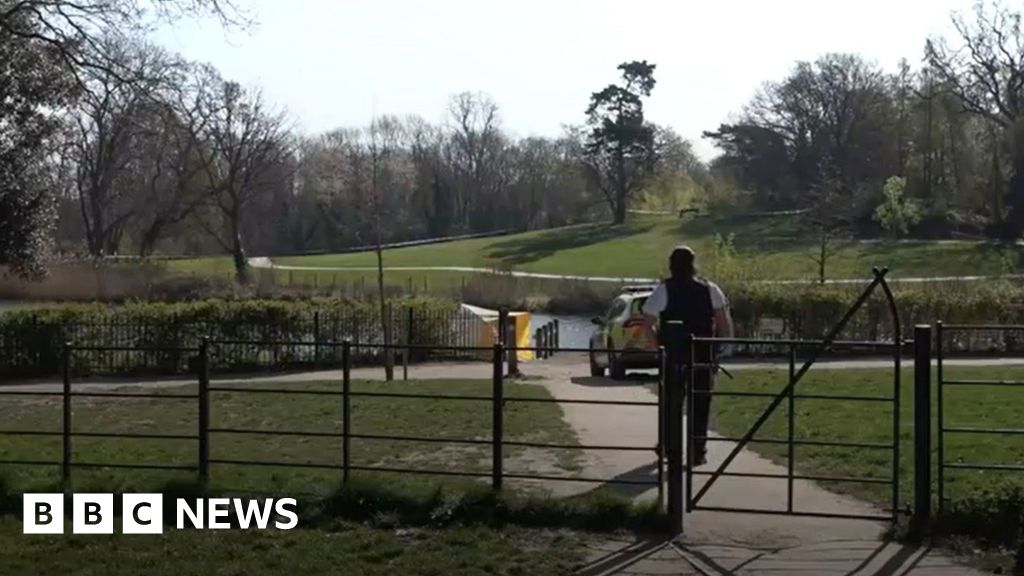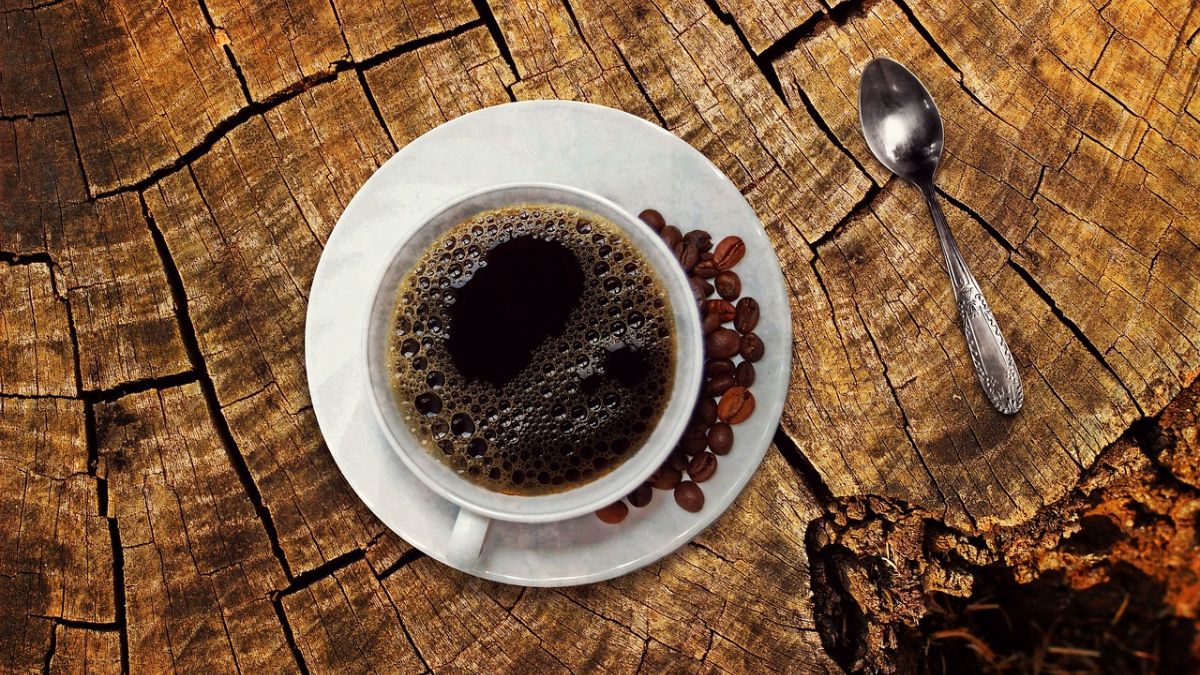Pune: Layers of dust, air pollution, pigeon droppings as well as prolonged delay in maintenance have taken a severe toll on centuries-old Peshwa-era paintings at Shaniwarwada, making them nearly invisible. "The last preservation work was carried out over two decades ago by the Aurangabad division of Archaelogical Survey of India (ASI). Since then, no work was carried out to preserve these paintings," said a senior official from the chemical division of ASI, Mumbai.
"Most of these paintings cannot be recovered completely. Only some portions will be visible after applying chemical layers on them," he said. "Massive dust particles and other factors, including air pollutants as well as pigeon droppings, have severely affected the paintings over these years," the official added.

The paintings inside Shaniwarwada are unique. One has a Ganesha and the other Sheshnag Vishnu. Experts said that the Ganesha painting on the main wall just inside the Delhi Darwaza of the palace must have been done as an auspicious symbol as per the Maharashtrian tradition.
Mohini Peshwa Karkare, a daughter of Krishnarao Peshwa, the 9th generation of Peshwa, voiced her unhappiness over the inability of ASI to restore some of the paintings. "If they do not have expertise, they could have simply roped in private agencies or experts to restore these paintings. If funding is an issue, ASI can take help from corporate houses which are ready to give their CSR funds for the work.
These paintings are beautiful. If they are not preserved properly, we will lose precious works of art," she said. However, not all is lost.
The science branch of ASI has been able to restore the murals on the main gate of Shaniwarwada, which was once the seat of Peshawas. "The murals on the walls of the main gate are delicate Maratha masterpieces, hidden for years beneath layers of lime, dust, dirt, and smoke. These murals have finally been restored through careful scientific preservation using organic solvents.
Lime deposits were removed meticulously, and areas with flaking or bulging paint were reinforced. Finally, a protective preservative was applied to safeguard these treasures for future," said an ASI official. Built in 1732 by Peshwa Bajirao-I, Shaniwarwada, holds significant historical importance.
It has large building with rooms around an open courtyard, balconies, carved pillars, classic timber supports leading to stairways and halls, latticed windows, sculpted ceilings, decorative Jejuri limestone wall niches, and hazari karanje (fountain of thousand spouts) along with massive wooden doors. It is one of the iconic spots in the heart of the city. But its beauty is on the decline due to negligence by the authorities over the years.
There are no basic facilities for tourists. "Dr Uday Kulkarni, a historian who wrote eight books on Maratha history , including Peshwas, said that a holistic approach towards conservation of historical places is needed. Kulkarni, who met the ASI director in New Delhi a few months ago, told TOI, "I tabled my concerns during the conversation.
The ASI officials should explore all possible ways and means to restore these paintings that are the pride of Maratha history." "It is unfortunate to hear from ASI that they cannot do better work than this. Globally, there are several examples where experts have restored completely damaged artefact and structures.
A prime example is London, which was destroyed during World War II. But the experts there could restore all the structures due to conscious efforts and impeccable planning. ASI also needs to work in this manner.
If it's facing funds issues, it should hand over Shaniwarwada to the state govt, which is doing outstanding conservation work in the state in the last few years," added Kulkarni..
















